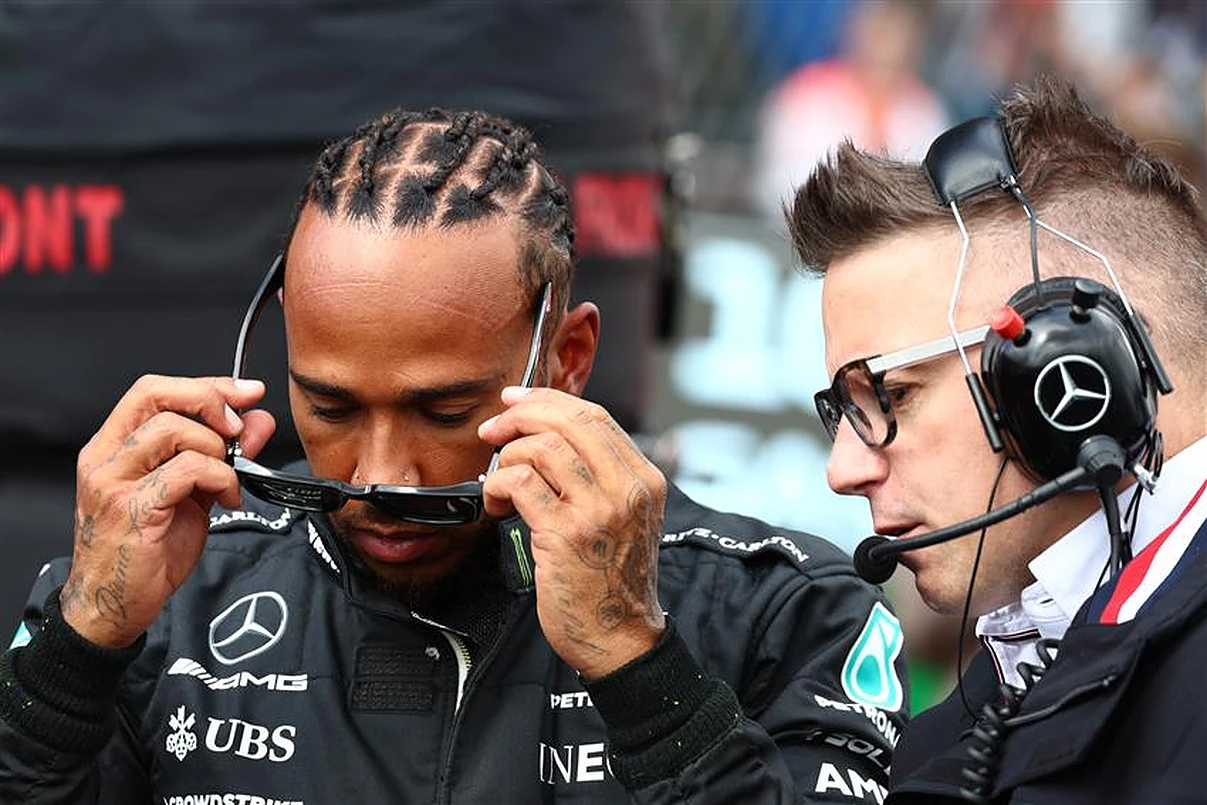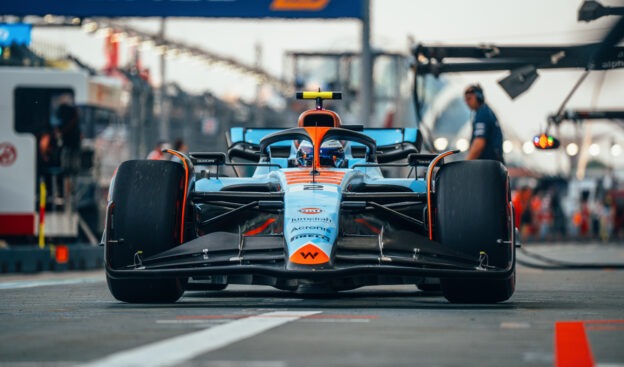Porsche's Strategic Challenge: Reconciling Ferrari And Mercedes Brand Identities

Table of Contents
The Ferrari Identity: Exclusivity and Heritage
Maintaining Porsche's high-end image requires emulating certain aspects of Ferrari's brand strategy. This means focusing on exclusivity and leveraging its rich racing heritage.
Maintaining Brand Prestige
The essence of luxury brands like Porsche lies in their exclusivity. This isn't just about price; it's about perception.
- The need to carefully manage supply and demand to avoid diluting the brand's exclusivity. Limited production runs of special editions, like the Porsche 911 GT2 RS, maintain desirability and high resale values. Overproduction risks devaluing the brand.
- Investing in motorsport to reinforce the brand's racing legacy and performance credentials. Porsche's continued success in endurance racing, such as the 24 Hours of Le Mans, directly translates to enhanced brand prestige and consumer perception of performance.
- Leveraging exclusive dealer networks and personalized customer experiences. Providing tailored services and building strong relationships with high-net-worth individuals strengthens brand loyalty and reinforces the feeling of exclusivity.
Pricing Strategy and Market Positioning
Porsche's pricing strategy is crucial for maintaining its premium positioning.
- Strategic pricing for limited-edition models to maximize profit margins and brand desirability. This helps to maintain a perception of scarcity and value.
- Maintaining a clear distinction in pricing and features from its sister brands under the Volkswagen Group. Avoiding direct competition within the group is crucial to prevent cannibalization and preserve brand image.
- The risk of alienating loyal customers with overly aggressive pricing. Balancing the need for profitability with customer satisfaction is crucial for long-term success. Price increases must be justified by added value and innovation.
The Mercedes Identity: Technological Advancement and Volume Sales
To achieve ambitious growth targets, Porsche needs to embrace certain aspects of Mercedes' strategy, specifically in technology and market reach.
Technological Innovation and Features
The automotive industry is rapidly evolving, and Porsche must keep pace with technological advancements.
- Investing in electric vehicle technology and autonomous driving capabilities. The Taycan, Porsche's first fully electric vehicle, demonstrates the brand's commitment to sustainable and innovative technology.
- Integrating advanced driver-assistance systems and infotainment technologies. Features like adaptive cruise control and advanced connectivity are becoming essential for competing in the luxury segment.
- Balancing the integration of technology with the preservation of the brand's driving experience. Porsche must avoid compromising the driving dynamics that are central to its brand identity.
Expanding Market Reach and Volume
Mercedes' success stems partly from its ability to reach a broader customer base. Porsche needs to learn from this while preserving its exclusivity.
- Developing new models and variants to cater to different customer segments. Expanding its SUV line, for example, helps to attract a broader customer base without sacrificing its core values.
- Exploring new market segments and geographies to drive sales growth. Expanding into new markets can significantly increase revenue, but requires careful market research and adaptation of its offerings.
- The risk of cannibalizing sales of higher-margin models. Carefully managed product segmentation is crucial to avoid diluting demand for its high-end models.
Reconciling the Two Identities: Finding the Porsche Sweet Spot
The true Porsche's Strategic Challenge lies in finding a balance between these two seemingly opposing brand identities.
Brand Differentiation and Segmentation
Porsche needs a clear strategy to differentiate its various models and effectively target specific customer segments.
- Clearly defining the unique value proposition of each model line. Each model should have a distinct identity and appeal to a specific customer profile.
- Targeting specific customer demographics with tailored marketing campaigns. This ensures the right message reaches the right audience, maximizing the effectiveness of marketing efforts.
- Leveraging digital marketing to reach new and existing customers. Online channels are crucial for reaching a broader audience and building brand awareness.
Sustainable Growth Strategies
Long-term success requires sustainable growth that doesn't compromise Porsche's brand image.
- Balancing profitability with environmental sustainability. Investing in electric and hybrid technology is crucial for long-term viability in a changing regulatory landscape.
- Investing in research and development to create innovative and environmentally friendly vehicles. Continuous innovation is essential for staying competitive and maintaining its leadership position.
- Implementing responsible manufacturing practices. Sustainability extends beyond the vehicle itself; responsible manufacturing processes are essential for maintaining a positive brand image.
Conclusion
Porsche's strategic challenge is a complex balancing act. Successfully reconciling the aspirational exclusivity of Ferrari with the technological prowess of Mercedes requires a nuanced approach to branding, pricing, and product development. By carefully managing its brand identity, leveraging technological advancements, and implementing sustainable growth strategies, Porsche can navigate this challenge and solidify its position as a leading luxury automotive manufacturer. The key is to find the perfect "Porsche sweet spot"—maintaining exclusivity while embracing innovation. To stay updated on Porsche's progress in this critical strategic balancing act, continue to follow industry news and analysis on Porsche's Strategic Challenge.

Featured Posts
-
 Is The Goldbergs Worth Watching A Critical Review
May 21, 2025
Is The Goldbergs Worth Watching A Critical Review
May 21, 2025 -
 Bbc Breakfast Presenters Are You Still There Moment Guest Interruption
May 21, 2025
Bbc Breakfast Presenters Are You Still There Moment Guest Interruption
May 21, 2025 -
 Nyt Mini Crossword Puzzle Solutions For April 20 2025
May 21, 2025
Nyt Mini Crossword Puzzle Solutions For April 20 2025
May 21, 2025 -
 Abc News Shows Fate Hangs In Balance Amidst Company Restructuring
May 21, 2025
Abc News Shows Fate Hangs In Balance Amidst Company Restructuring
May 21, 2025 -
 Aston Villa Vs Manchester United Rashfords Crucial Goals Decide Fa Cup Tie
May 21, 2025
Aston Villa Vs Manchester United Rashfords Crucial Goals Decide Fa Cup Tie
May 21, 2025
